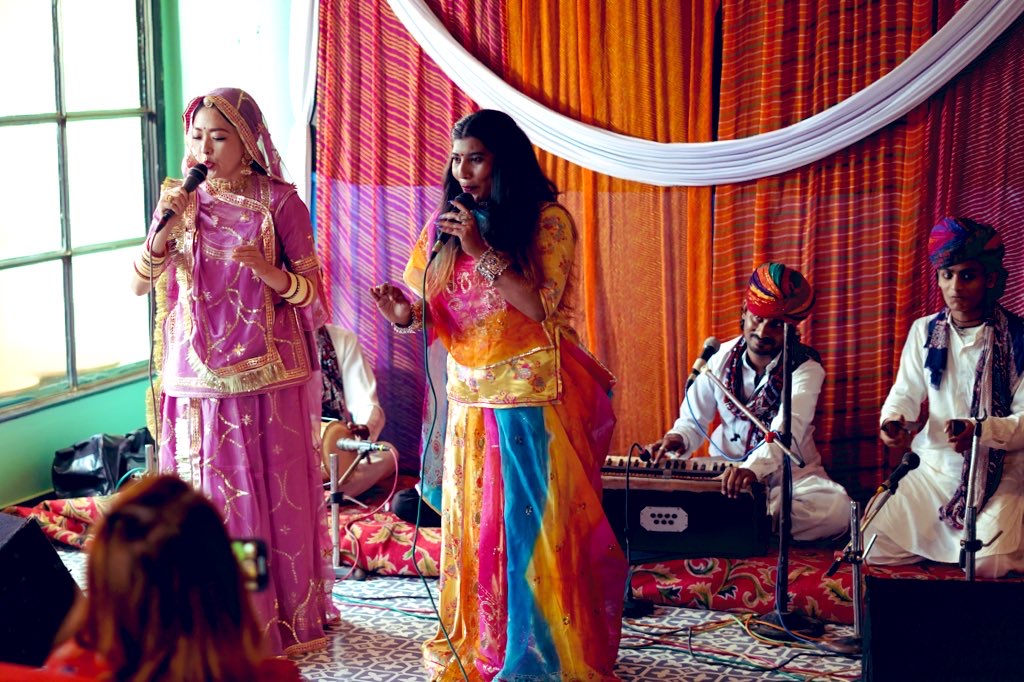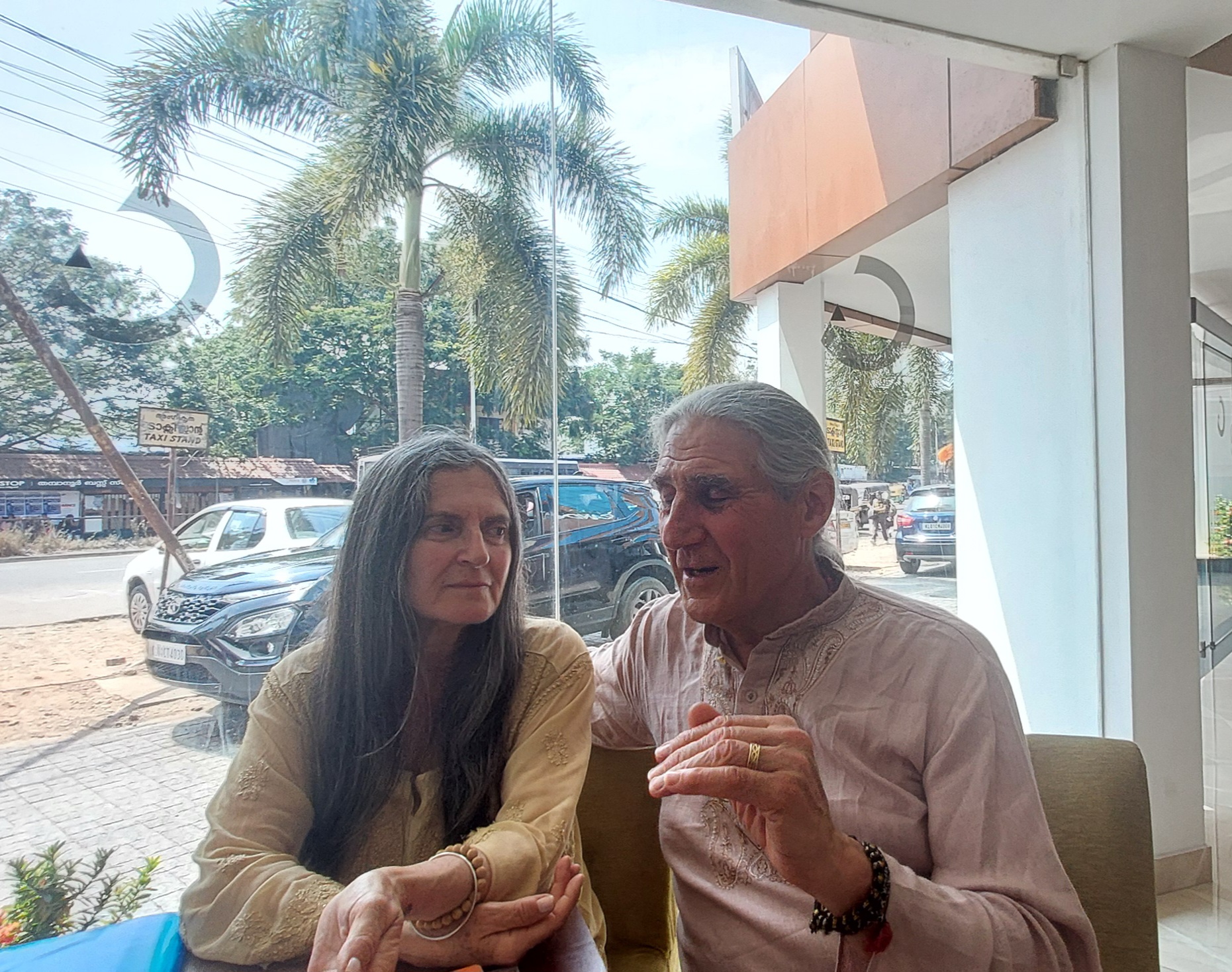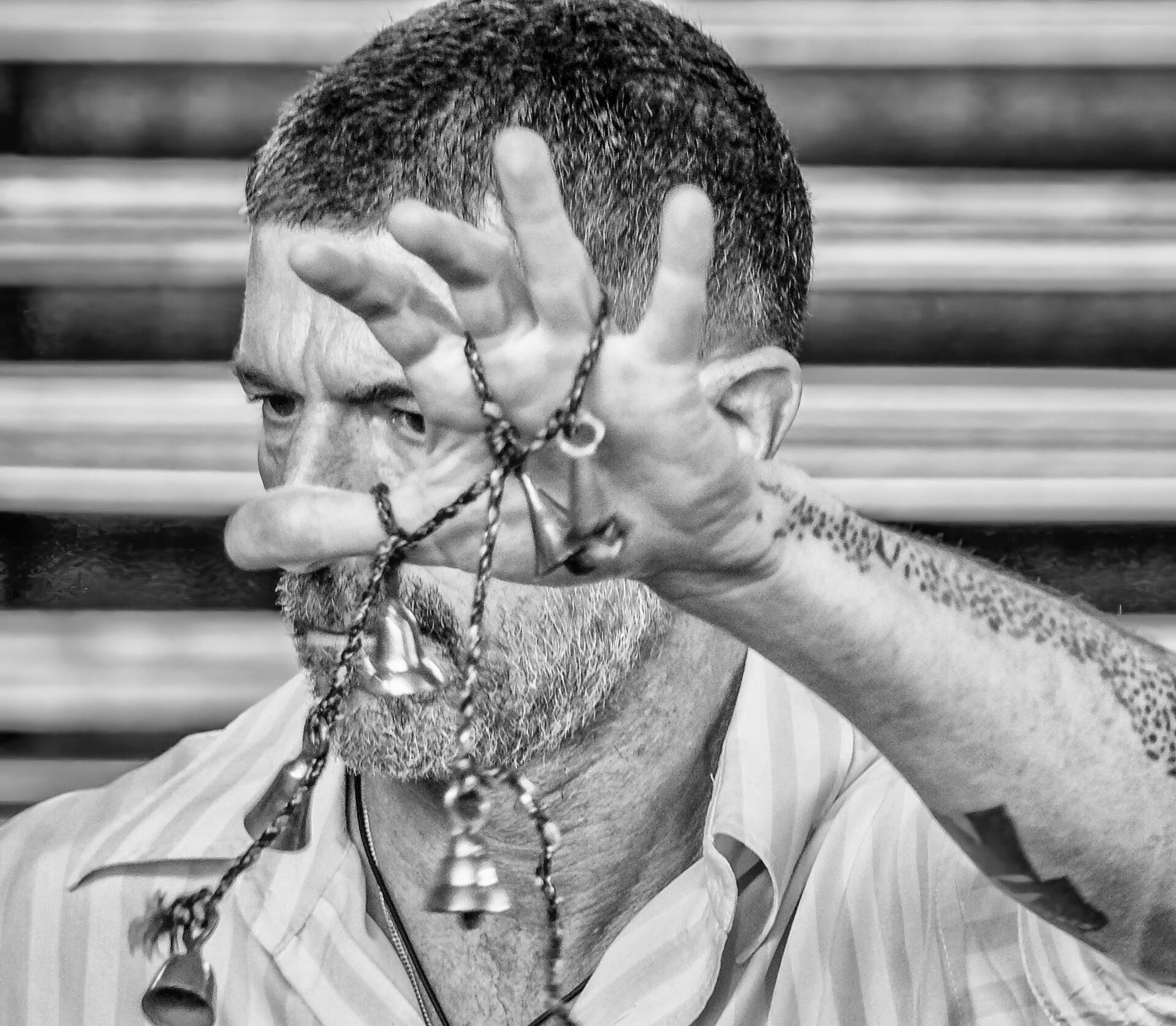Prime Minister Narendra Modi’s recent visit to Japan was marked by successful diplomatic engagements across space, technology, green energy and transportation– all critical infrastructural projects. The conclusion of this trip was as exciting as its beginning, when PM Modi was welcomed by Madhu, a Japanese artist who has dedicated her life to spreading Rajasthani and Gujarati folk culture in her homeland and globally. Being a Rajasthani myself, it was a moment of pride and admiration seeing Madhu perform for PM Modi. It was a reminder of the connections culture can foster, overcoming all barriers. Some time back, I had a revelatory conversation with Madhu for the Center for Soft Power.

A Chance Discovery That Changed Madhu’s Life
Growing up in a quaint town a few hundred kilometers away from Tokyo, Mayumi never imagined where her destiny would take her. A French film that Mayumi watched in 2010 proved to be that life-altering moment, convincing her to take a bold step in finding her true purpose. “I couldn’t stop crying. I felt an immediate, deep connection that made my soul happy,” reminisces Mayumi about her very first reaction to watching Kalbelia dance.
Finally, Mayumi found her calling, not in Japan but 6000 kilometers away from home, in Rajasthan. Since 2013, Mayumi has been coming to Rajasthan every year, immersing herself in the cultural tapestry of the region. Not only has she made Rajasthan her second home, but also adopted Madhu as her popular name. When we speak, it is early morning in Japan and Madhu is dressed in the bright colours of parrot green and rani pink poshak, with a nathni (nose ring) in Rajasthani style adorning her. She speaks in fluent Hindi and shares about her ongoing progress to speak marwadi more fluently. To me, it was mind-blowing to realise the transformative power of art in inspiring a lifelong passion and cultural immersion in ways one could never anticipate.
In Search of a Guru
Finding her way to India was no easy feat for Madhu, but hers is a story of grit and resilience. Firstly, the devastating floods in 2011 in Japan stalled all her travel plans. Even when the future seemed uncertain, Madhu did not give up hope and she finally made her way to India in 2013. Although lacking Hindi or English proficiency, Madhu did not feel out of place. “When I landed in New Delhi, I felt I am home… It was very comfortable for me.” Soon she arrived in Jaisalmer to meet and learn Kalbelia dance from Queen Harishji, an internationally renowned folk dancer. To her dismay, Queen Harishji advised Madhu against learning Kalbelia because of its intensity and rigour.
Not giving up hope, Madhu found her guru, Asha Saprea ji, whom she owes everything. For Madhu, the relationship is a deep bond between the guru and shishya. “Asha ji not only taught me dance, but folk singing, the ways of life and even draping poshak. I continue to learn from her online when I am not in India,” Madhu explains.
Despite having no prior dance experience, she found learning dance "not so difficult" because "I wanted to do it from my heart, and to learn dance, language is not necessary." Madhu has extensively trained in various folk dance forms, including Kalbeliya, Ghoomar, and Chari, and has also learned singing. Over the years, she has also learnt fluent Hindi, something she attributes to binge-watching Bollywood films during COVID-19 pandemic. Now, Madhu not only converses in Hindi but is also learning local languages to be able to sing folk songs with correct pronunciation.
Honouring Tradition and Teachings
Madhu’s respect for Rajasthani folk arts goes beyond just learning the performative aspect and paying attention to the minutest details. She has spent hours practicing the calmness and control required in these dance forms by observing performances on YouTube. She draws my attention to a very intrinsic but often unnoticed aspect of Ghoomar, i.e. facial expressions. She informs that her commitment is to perform Ghoomar in its traditional style, without any facial expressions. This is a practice rooted in historical context where women performed behind the ghunghat (veil) and looked downwards, Madhu explains. She stated, "I want to follow the traditional style… I don't want Rajasthani people to feel that she [Madhu] doesn't respect our culture, she doesn't know our culture." This commitment extends to educating Japanese audiences about the distinction between traditional Ghoomar and its Bollywood adaptations, like the one from the movie Padmaavat.
While acknowledging the need to adapt to modern eras and platforms, such as social media, Madhu emphasizes the importance of preserving the "roots of Rajasthani folk music and folk dance.” As we converse about the modern cultural interpretations and representations in pop culture, tears start rolling down Madhu’s face. She is reminded of a profound statement by Padma Shri Ustad Anwar Khan Manganiyar. “Rajasthani folk is not entertainment, but proof of life,” he had told Madhu once when she had the honour of sharing the stage with him. His words left an indelible mark on Madhu’s learning journey and she has strived to live up to this ideal. Seeing Madhu’s passion and pure dedication was a deeply moving experience for me. In many ways, I was looking at my own folk heritage with a new perspective and admiration that had been lost.
Bringing Rajasthani Folk to Japanese Shores
Since 2015, Madhu has been teaching folk dance forms in Tokyo and her hometown Hokkaido. Initially, her students wanted to learn only Kalbelia but Madhu says now they also share her passion for Ghoomar, Chari and Thali dance. “Many of them now travel with me as well as independently to further their learning.” Apart from teaching, Madhu has been actively trying to build a community to popularise Rajasthani art forms. Leveraging her Instagram and YouTube channels as well as performing at events, Madhu has been spreading knowledge about folk music, dance, costumes with the Japanese and global audience. She has also organized talks and invited Manganiyar artists to perform in Japan. She believes in the power of community and taking people along with her in this journey.
When I ask her about the potential and what more can be done, Madhu says there are many practical difficulties that need to be overcome. Citing the high cost of venue rentals in Tokyo and difficulties in obtaining visas for Indian artists, as some of the key reasons, Madhu says that Rajasthani culture has not yet reached its full potential in Japan. Her vision is to host a massive Rajasthan event in Tokyo, for which she is in talks with businesses and philanthropists.
Finding Home and Herself in India
As we conclude our conversation, I ask Madhu how she perceives India. An emotional response sums up India’s transformative impact on her life. "I have never cried easily, but when I think about Rajasthan or talk about Rajasthan, I cry, and I can't control." She believes India, particularly Rajasthan, has instilled in her a renewed sense of purpose and the ability to "do best in everything.” Over the years, Madhu has forged strong relationships, considering many people as friends, fathers, mothers, all taking care of her like their own. Whenever she visits Rajasthan she feels a profound sense of belonging and community there, stating, "When I am in Japan, sometimes I feel alone… but when I come to Rajasthan, I never feel alone." This emotional attachment is so strong that she contemplates moving to India, despite the practical difficulties. She reiterates, "India or Rajasthan changed my whole life… I feel like this is my hometown, this is me – Madhu, this is my life."





